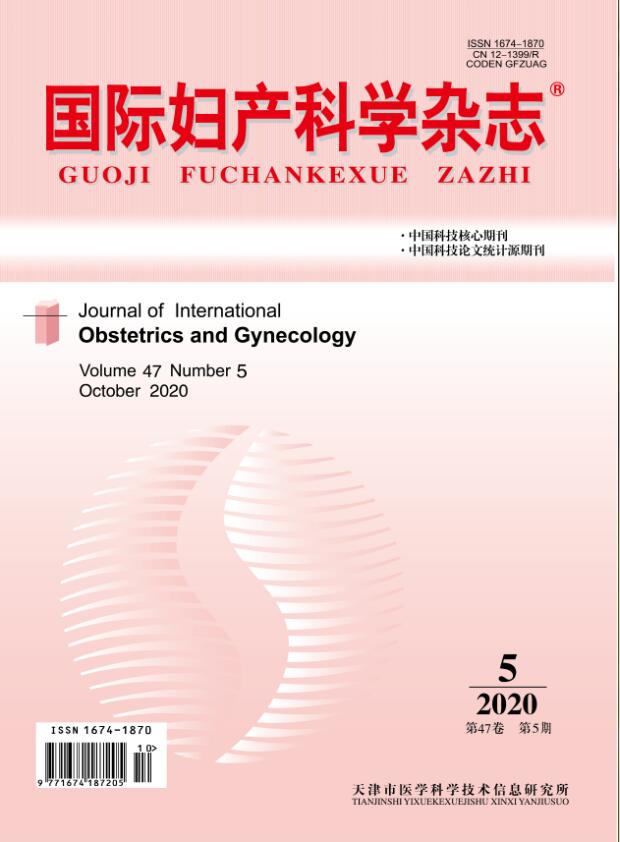|
|
Comparison the Effect and Complication of Laparoscopic and Laparotomy in Staging Operation of Early-stage Ovarian Cancer: A Meta-analysis of Clinical Studies
JIANG Cai-xia;CHENG Zhong-ping;WAN Yue-zhu;JI Cheng-dong
2016, 43 (5):
528-538.
Objective: To revaluate the effect of laparoscopic (LPS) and laparotomy (LPT) for early ovarian cancer on comprehensive staging operation. Methods: We performed a systematic literature search using the databases of PubMed, Embase, Cochrane Library, Chinese Biomedical Abstracts database, Wan-fang database, China National Knowledge Infrastructure and CQVIP etc. The literatures published before Sep 2nd, 2015, referring to the effects of LPS and LPT for early ovarian cancer on comprehensive staging operation were included. Meta-analysis was performed by RevMan 5.3 software. Resruts: A total of 26 studies involving 1 456 cases were selected, of which 661 cases were performed laparoscopy and 795 cases were performed laparotomy. No statistically significant differences were observed between LPS group and LPT group in age, body mass index, clinical stage and histological type. Compared with LPT group, LPS group had less intraoperative blood loss, blood transfusions, total number of lymph nodesexcised, hospital stay, postoperative complications and follow-up period, earlier anus exhaustion and postoperative recovery, milder pain, better wound healing, lower postoperative recurrence rate and death of disease, more paraaortic lymph nodes excised, whereas longer operation time. No statistically significant differences were observed between groups in pelvic lymph nodes excised, intraoperative complications, intraoperative organ injuries, intraoperative tumor rupture, postoperative chemotherapy. Conclusions: Laparoscopy, as a mini-invasive technique, showed advantages in the treatment of early-stage ovarian cancer, with better intraoperative visualization, less blood loss, milder pain, earlier recovery. And no disadvantage has been found in pelvic lymph nodesexcised, intraoperative complications, intraoperative organ injuries, intraoperative tumor rupture. Furthermore, postoperative chemotherapy rate, the postoperative recurrence rate and death rate of disease requires further study. Comprehensive staging operation for early ovarian cancer under laparoscope is worthy to be popularized.
Related Articles |
Metrics
|

